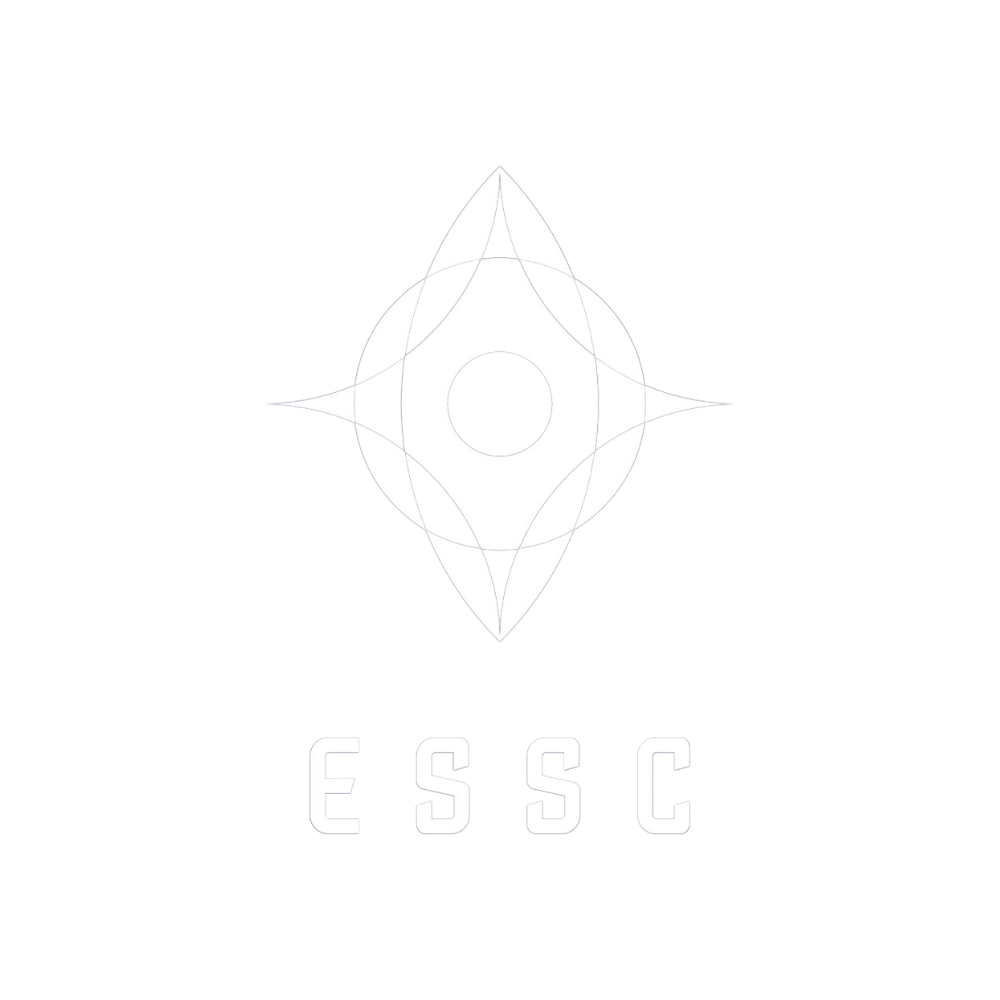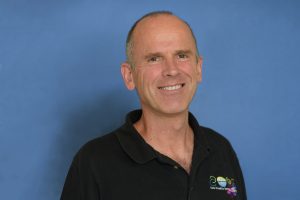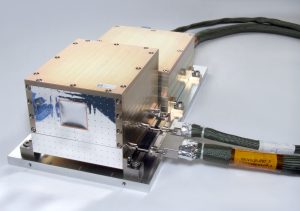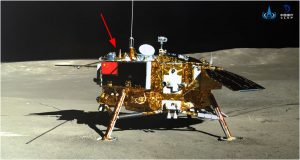The LND device takes measurements during the lunar “daylight” and switches off during the very cold and nearly two-week-long lunar night, to conserve battery power. The device and lander were scheduled to take measurements for at least a year and have now already exceeded this goal.
“Normally, one loves to see a full Moon. I love to see a dark Moon, because then I know that our instrument is on,” says Wimmer-Schweingruber.
THE LND CONTRIBUTION PAVES THE ROAD FOR COLLABORATIVE FUTURE EXPLORATION MISSIONS
The data obtained by the LND can be used to review and further develop models, which is crucial for future interplanetary missions. Since the Moon has neither a protective magnetic field nor an atmosphere, the radiation field on the surface of the moon is similar to that of interplanetary space, apart from the shielding by the Moon itself. Future manned missions to Mars, for example, can benefit from the device by reliably estimating the anticipated radiation exposure in advance.
“More scientific exchange should take place, not only between China and Germany or China and Europe but also worldwide, I hope that we’ll have future joint missions,” concludes Wimmer-Schweingruber.
THE INTERNATIONAL COOPERATION ZHONGGUANCUN AWARD 2020
The 2020 Beijing Science and Technology Award was announced at the Zhongguancun Forum on 25 September 2021. Professor Robert F. Wimmer-Schweingruber has received the award for his contribution to the Chinese mission to the Moon, Chang‘E 4.
“It’s a fantastic honor to receive this recognition. And it was only possible thanks to my team. Of course, you can’t build anything like this on your own. I had an excellent team and colleagues in China, at DLR, and the University of Kiel. It’s a team award and I’m very proud of it,” says Wimmer-Schweingruber.
Fifty-two years ago, humanity changed when Neil Armstrong took those first steps on the Moon. Today, at the ESSC, we congratulate Robert Wimmer-Schweingruber’s team and our Chinese colleagues for taking more steps to advance collaborative space exploration.




